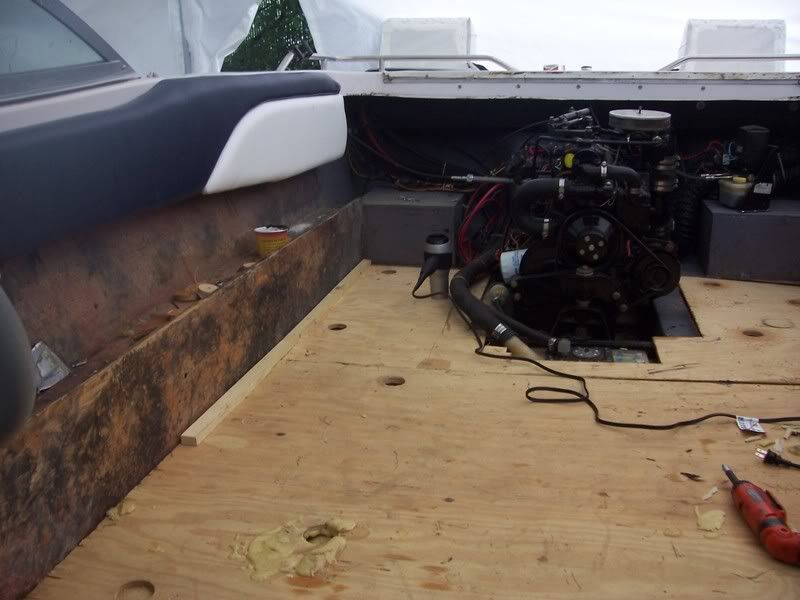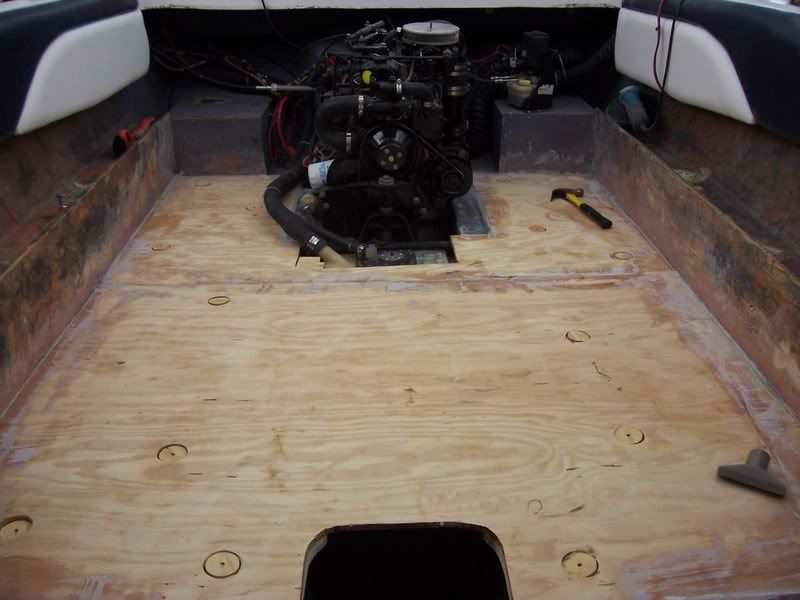- Joined
- Mar 8, 2009
- Messages
- 43,606
There should be enough room to put the tank in with the engine bulkhead in place. My plan is to grind all the stuff out which is not needed. Still need to remove the last small piece of engine bulkhead on the starboard side up to the outside of the engine stringer. Pick up some 3/4 plywood and start fabing some pieces to replace what was pulled out. Need to have all the structure done before the tank goes in
As before you mentioned I need 60 degrees to do VE resin work so I need some heat or wait for nature to provide. Was just on the US Composites site and reading through their material. Maybe they can fill in some questions I'm starting to ask.
As before you mentioned I need 60 degrees to do VE resin work so I need some heat or wait for nature to provide. Was just on the US Composites site and reading through their material. Maybe they can fill in some questions I'm starting to ask.





















